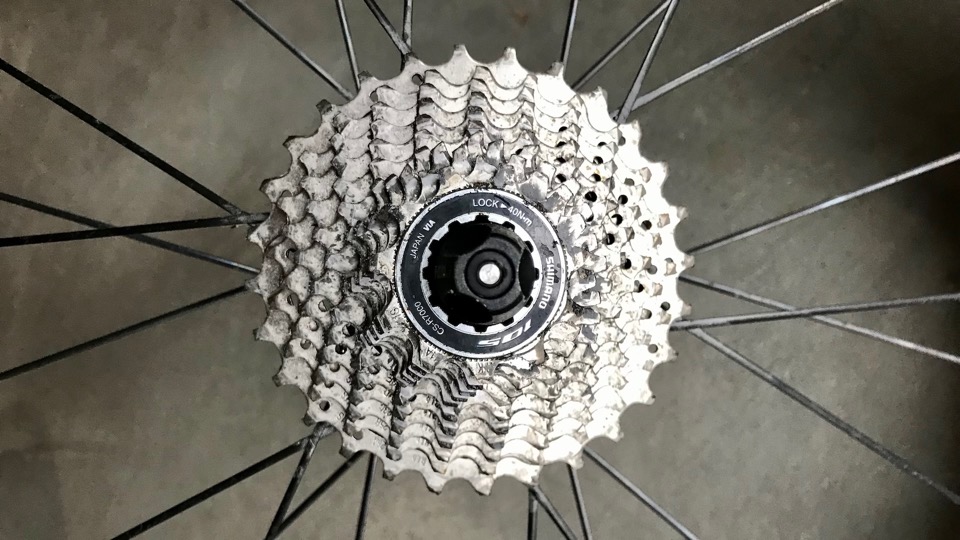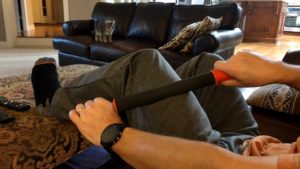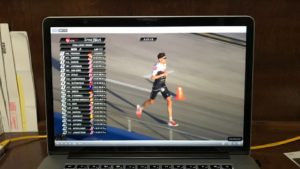My first race of 2022 will be at Ironman 70.3 Oceanside in April. I did this same race back in 2019, and I remember that the hills on the bike leg were tough. This got me wondering as to whether I should consider moving from my 11-28 cassette, to an 11-32 cassette, for this race.
To make sure that my memory wasn’t playing tricks on me, I went back and looked at my power file from 2019 in Training Peaks. Sure enough, there are three decent sized hills to climb on the course. The first hill is the steepest at an average grade of 10%, for half a mile. The other two hills have a gradients that top out at 7-8%.
I have climbed a lot steeper hills with my 11-28 cassette, while riding in Western Pennsylvania. I have even climbed some grades that are over 20%, like on this ride here. Just because I have climbed steeper hills on the bike however, doesn’t mean that sticking with the 11-28 cassette is the best choice for the race. That is because with a larger cog in the cassette, I may be able to climb easier and thus save significant energy in the race.
I think the tell tale sign, that going up that 10% hill at Oceanside was indeed a challenge, was my cadence. The climb took me just over five minutes to complete. For the last three minutes of that climb, my cadence was in the mid-40’s. I was grinding up that hill. I need to spin up that hill.
Based on this data, I will be changing to an 11-32 cassette for Oceanside. Switching out one cassette for another is not a straightforward process however. You need to evaluate your rear derailleur cage length and also change your the length of your chain. That’s a subject for another blog. I will go over those details when I actually make the switch on my bike.



